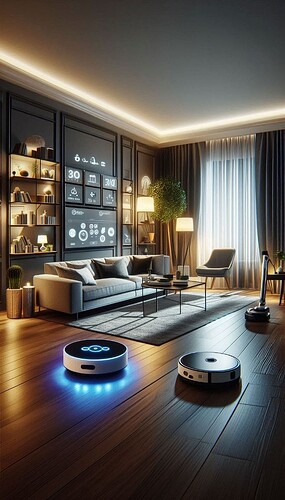In 2025, home renovation isn’t just about new paint colors or upgraded finishes it’s about making homes smarter. Smart home integration has become one of the fastest-growing trends, blending technology seamlessly into everyday living. The goal? Greater convenience, better efficiency, and a home that adapts to its occupants’ lifestyle.
Automated Lighting & Shades
Smart lighting systems let homeowners control brightness, color, and schedules with a tap or voice command. Pair this with automated shades that adjust based on natural light, and you get energy savings plus a more comfortable living environment.
Smart Thermostats
Heating and cooling account for a major share of household energy use. Smart thermostats learn daily routines, adjust temperatures automatically, and optimize energy use. The result is lower utility bills and consistent comfort.
Connected Security
From smart doorbells with cameras to motion-sensing outdoor lights, connected security systems give homeowners peace of mind. Real-time alerts and remote monitoring make it easy to keep an eye on the property from anywhere.
Voice Control & Automation
Voice assistants like Alexa, Google Assistant, or Siri are no longer just for playing music they now control entire home ecosystems. Homeowners can set “scenes,” such as a single command that dims the lights, adjusts the thermostat, and locks the doors.
The Power of Integration
The true beauty of smart homes lies in integration. Instead of juggling multiple apps, smart hubs and platforms allow devices to work together. Imagine arriving home: the garage door opens, lights turn on, music starts, and the thermostat adjusts all automatically.
Conclusion
Smart home integration isn’t about flashy gadgets it’s about creating a living space that’s efficient, secure, and effortless to manage. For homeowners, it means lower bills, higher comfort, and the peace of mind that their home is always one step ahead.
